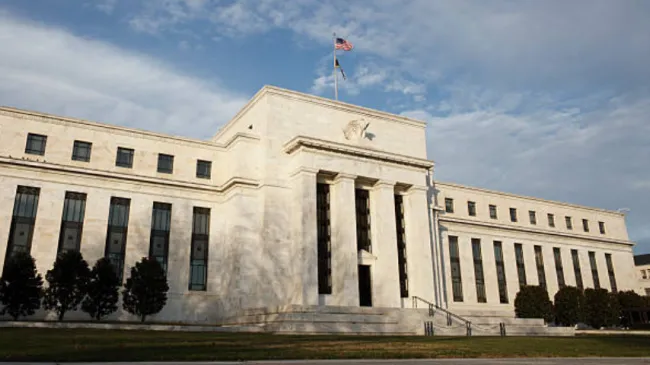Money and Banking
The Demise of the Interest Rate
Eugen von Böhm-Bawerk expressed concern that the interest rate might not get rid of its "moral shade"—its moralischer Schatten. Thorsten Polleit chronicles the attempts to drive it to zero.
City of the Bubble
Las Vegas is one big bubble, writes Doug French. Sin City's brand name has never been hotter.
The Best Book on Money Ever Written
What's the best book on money ever written? That's an easy one: What Has Government Done to Our Money? by Murray N. Rothbard. The Mises Institute is bringing out a new edition, and uniting it with Rothbard's radical blueprint for monetary reform. You can help.
Bush-Style Privatization: More and More Problems
The Bush plan claims to increase capital accumulation because of its superficial emphasis on investment, writes Robert Murphy. But it is a total shell game.
10. The Gold Standard in Theory and Myth
The mythology of gold really grew up with Keynes and the quantity theory. Here are six of those myths: the gold standard is unable to accommodate the needs of an growing economy; the quantity of money is arbitrarily determined; the gold standard is a government price fixing scheme; the gold standard subjects a country to alternating inflation and deflation; the gold standard requires high costs devoted to resources; and the gold standard results in high interest rates.
9. Money and Gold in the 1920s and 1930s: Defending the Rothbardian Position
Friedman’s book, Monetary History of the United States, tried to show the depression was caused by a deflation of the money supply by the Fed. Rothbard’s America’s Great Depression was published the next year in 1963. Rothbard argued that the Fed was actively inflating the money supply.
5. Modern Monetary Theory: The Austrian Contribution
Monetary theory is where Austrians diverge the most from mainstream. Mises built a new taxonomy of money. He said money included any checking account deposits. The marginal utility of gold on the last day of barter was determined by the uses of gold. People then demanded gold as money because there was preexisting value. A paper dollar must have such a connection to money. Government cannot create money. Money is not neutral. The natural trend of prices in a market economy is falling.
The Case for a 100 Percent Gold Dollar
Murray Rothbard, in this classic essay originally published in 1991, offers the most "pure" proposal of all: private mintage, 100 percent reserve banking, circulating coins, full convertibility.
The Misery of Central Banking
The Austrian economists—Mises, Rothbard, and Hayek most prominently—were not alone in predicting the baneful effects of central banking and paper money.







